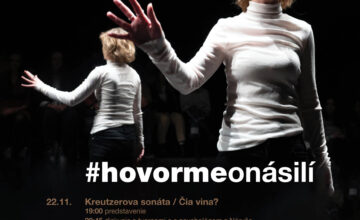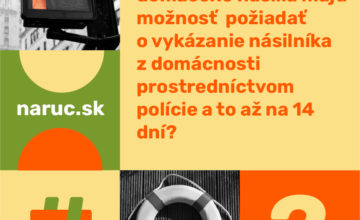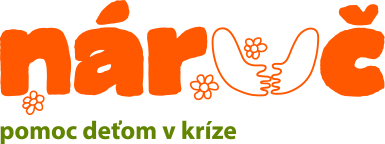V našej práci sa podstatne častejšie ako iné organizácie pôsobiace v pomáhajúcich profesiách stretávame so skutočne náročnými prípadmi detí, ktoré sú násiliu vystavené zo strany vlastných rodičov. Napriek tomu sme naďalej presvedčení, že najlepším miestom, kde môže dieťa vyrastať, je rodina. Preto vždy, keď je to len trochu možné, hľadáme možnosti, ako rodinu zachovať a zabrániť tak umiestneniu dieťaťa do inštitucionálnej starostlivosti. S týmto cieľom dlhoročne realizujeme programy zamerané na posilnenie rodiny. Využívame pri tom celý rad postupov, s využitím metód ako sociálna intervencia v rodinnom prostredí, filiálna terapia, program Ja a mama…:
- V spolupráci s úradmi práce, sociálnych vecí a rodiny, ale tiež
v rámci vlastných projektov realizujeme programy sanácie rodín
ohrozených domácim násilím - Pre rodiny, ktoré to potrebujú, vykonávame programy zamerané na upevnenie vzťahov rodičov a detí
- Podľa potreby ponúkame individuálne a skupinové programy zamerané na
rozvoj rodičovských zručností pre matky a deti z rodín ohrozených
domácim násilím a/alebo nedostatočnou funkčnosťou - Využívame pomoc dobrovoľníkov v rámci podporných programov pre deti a rodiny


ABY OBETE DOMÁCEHO NÁSILIA NEMUSELI Z BYTU či DOMU ,,UTEKAŤ“ (vykázanie násilnej osoby zo spoločného obydlia)
Jednou z foriem ochrany obetí domáceho násilia je možnosť vykázania…

Význam, úspešnosť a kvalita realizovaných preventívnych aktivít
V Poradenskom centre Náruč Žilina realizujeme už sedem rokov preventívny…
